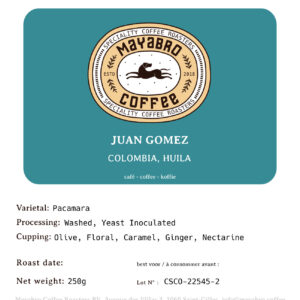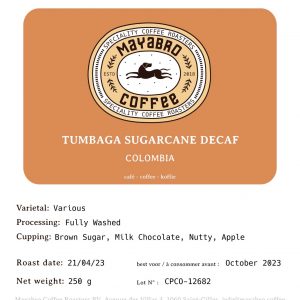Colombia boasts a wide range of microclimates and geographic conditions that produce the unique flavors so loved in Colombian coffees. While there are many sub-regions and progressively smaller geographical designations — all the way down to individual farms — broadly speaking, coffees in Colombia can be separated into three major regions whose climate, soils and altitudes affect tastes.
Coffees grown in the north (Magdalena, Santander and Norte de Santander) are usually planted at lower altitudes where temperatures are higher. As such, these coffees tend to have deeper, earthier tastes with a medium acidity, more body and notes of nuts and chocolate.
Coffees coming from the central regions (Caldas, Quindío, Risaralda, North of Valle, Antioquia, Cundinamarca and North of Tolima) are celebrated for their overall balance and their fruity, herbal notes. Flavor variations highlight the specific characteristics of each micro-region.
The southern regions (Cauca, Nariño, Huila and South of Tolima) are prized for producing smooth coffees with high sweetness and citrus notes. They are also known for their medium body and more pronounced acidity.
Another distinguishing feature of Colombian coffee production is the mitaca crop – a second harvest that occurs roughly 6 months after the main crop in most regions. The mitaca crop is a result of moist ocean air rising from both the Pacific and the Caribbean, and the north-to-south orientation of the central cordilleras (mountain ranges).
Colombia’s wide range of climates also means that harvest times can vary significantly. Due to these varying harvest times — and the mitaca crop — fresh crop Colombian coffee is available nearly year-round.

-
 Juan Gomez Pacamara Yeast Inoculated€18,00 – €33,70
Juan Gomez Pacamara Yeast Inoculated€18,00 – €33,70 -
 Tumbaga Decaf AE€9,20 – €17,70
Tumbaga Decaf AE€9,20 – €17,70